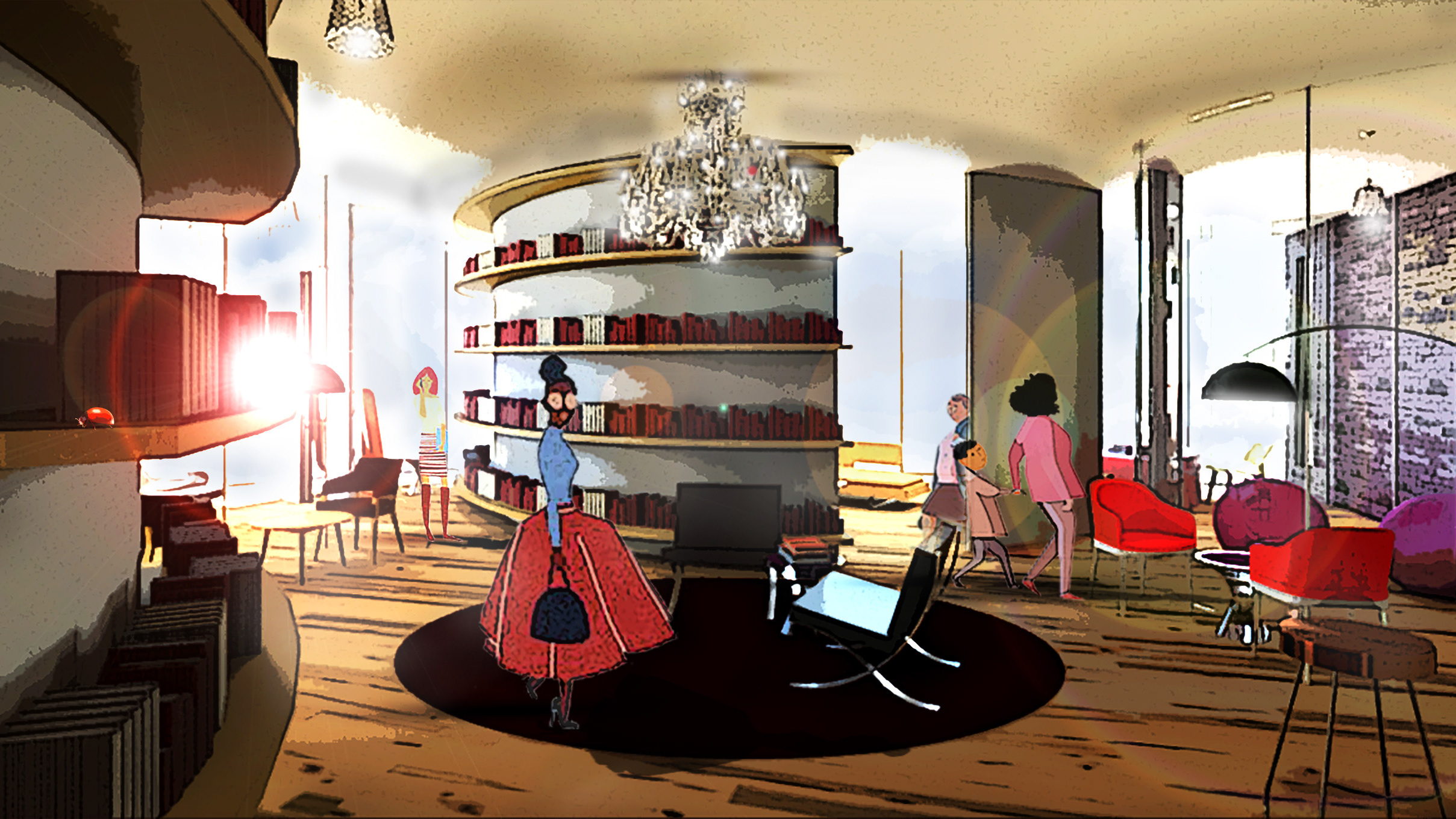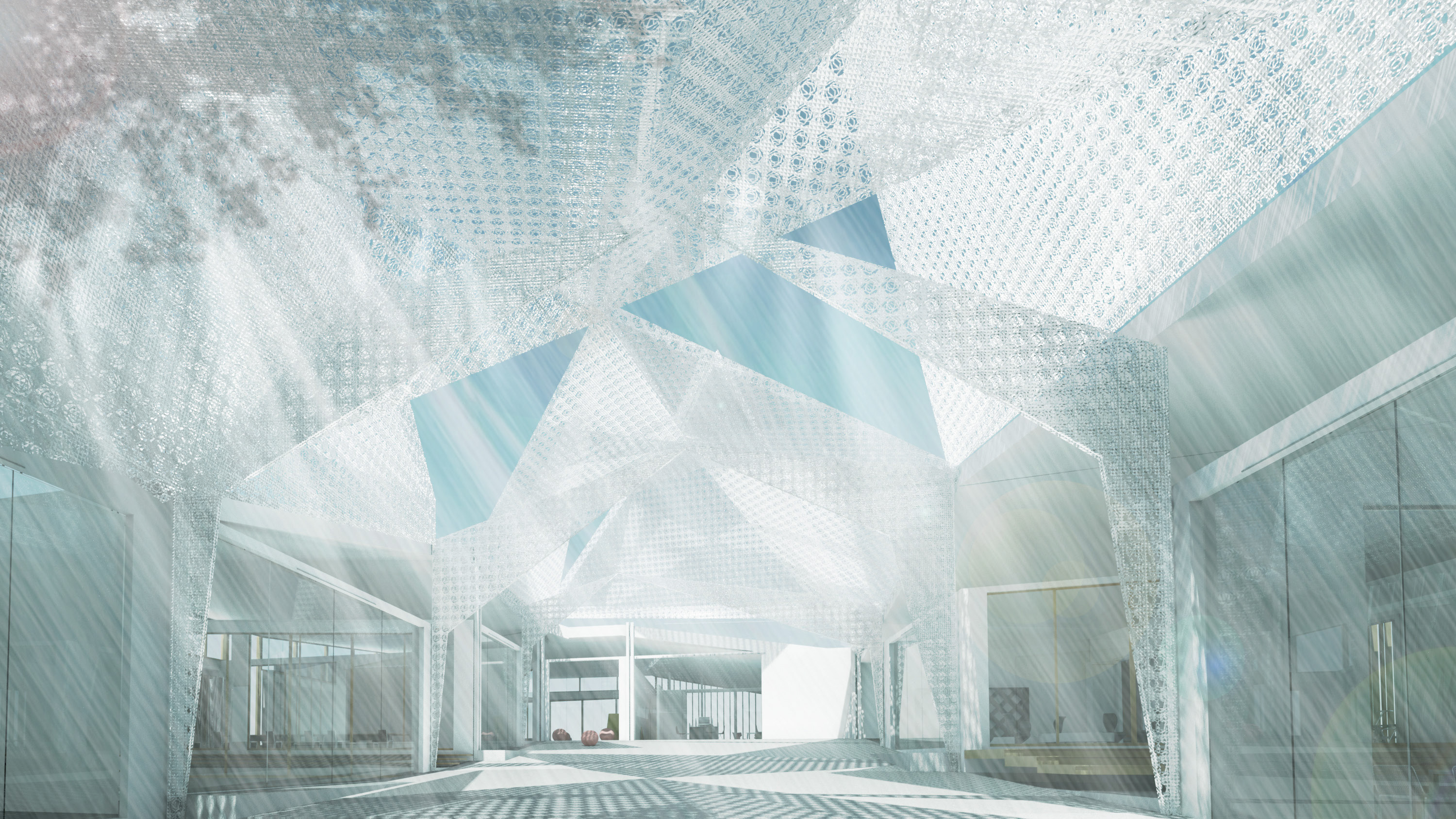A component of therapy involves the idea that articulation allows one to overcome trauma. We cannot un-see or un-feel the events that happen, but we must strive to move forward. Children are a great example of this movement. In particular, one can view this dynamic in action when watching them at play on slides, swings, and see-saws. Perhaps these both simple and complex structures could provide the same results for adults as well: a project idea was formed.
Playgrounds constantly illustrate reconciliation. The child falls down, they get up. A fellow player injures them, they forgive. This Looping makes playgrounds a revolving mechanism for both healing and play. This constant fluctuation of up and down movement has drawn many theorists to extract their mental and physical benefits as a form of architecture. Unfortunately in many instances, the construct as an architecture for adults has either been ignored or mis-articulated as a manifestation that causes the adult nostalgia for their former childhood. This project aspires to correct this misstep and to reinvent the playground appropriately for the mature audience it serves.
Playgrounds constantly illustrate reconciliation. The child falls down, they get up. A fellow player injures them, they forgive. This Looping makes playgrounds a revolving mechanism for both healing and play. This constant fluctuation of up and down movement has drawn many theorists to extract their mental and physical benefits as a form of architecture. Unfortunately in many instances, the construct as an architecture for adults has either been ignored or mis-articulated as a manifestation that causes the adult nostalgia for their former childhood. This project aspires to correct this misstep and to reinvent the playground appropriately for the mature audience it serves.
Part 1: The Research
Study Model


The above is an illustration of the subjects, people, or players that will activate the playground.
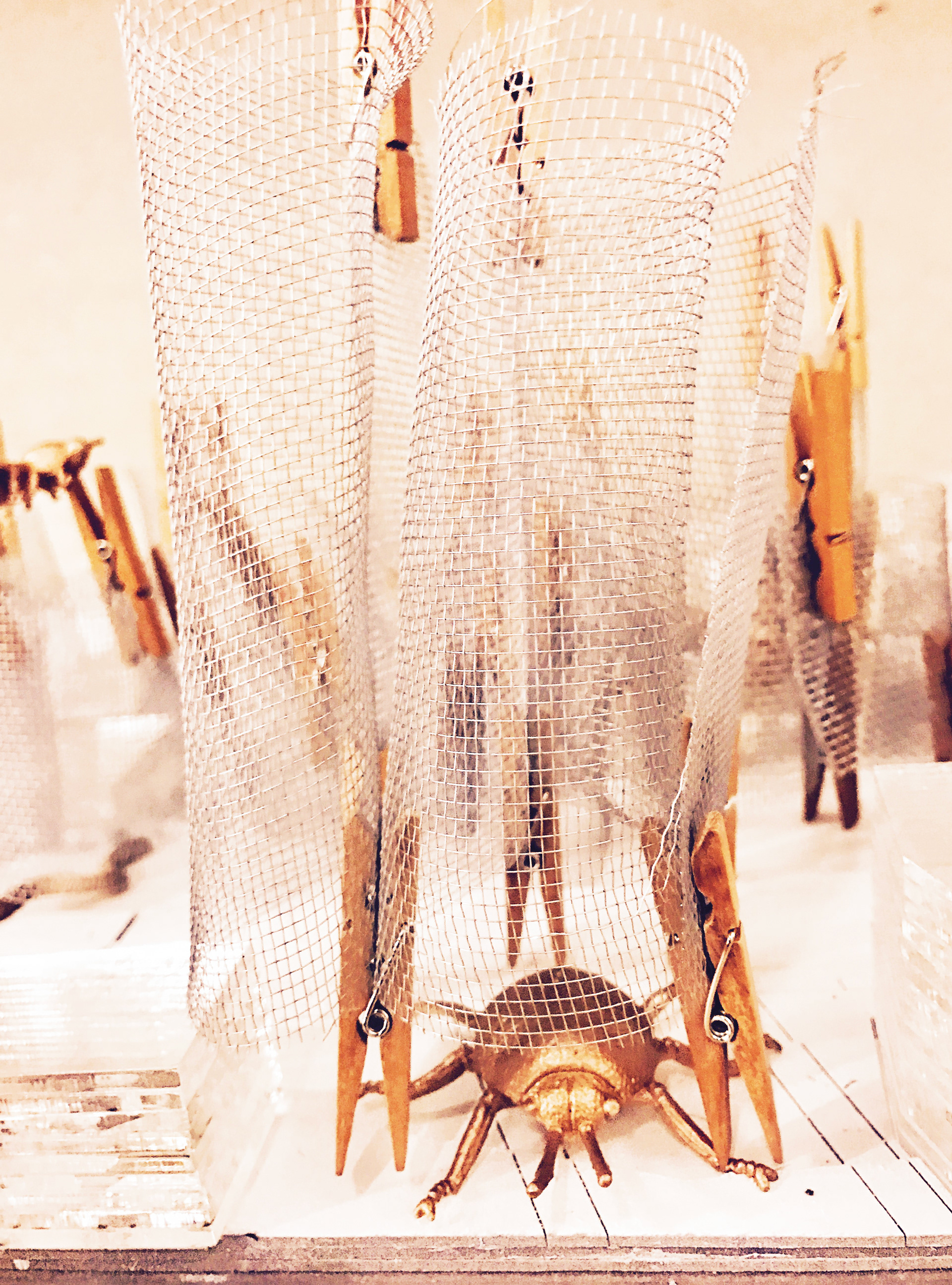
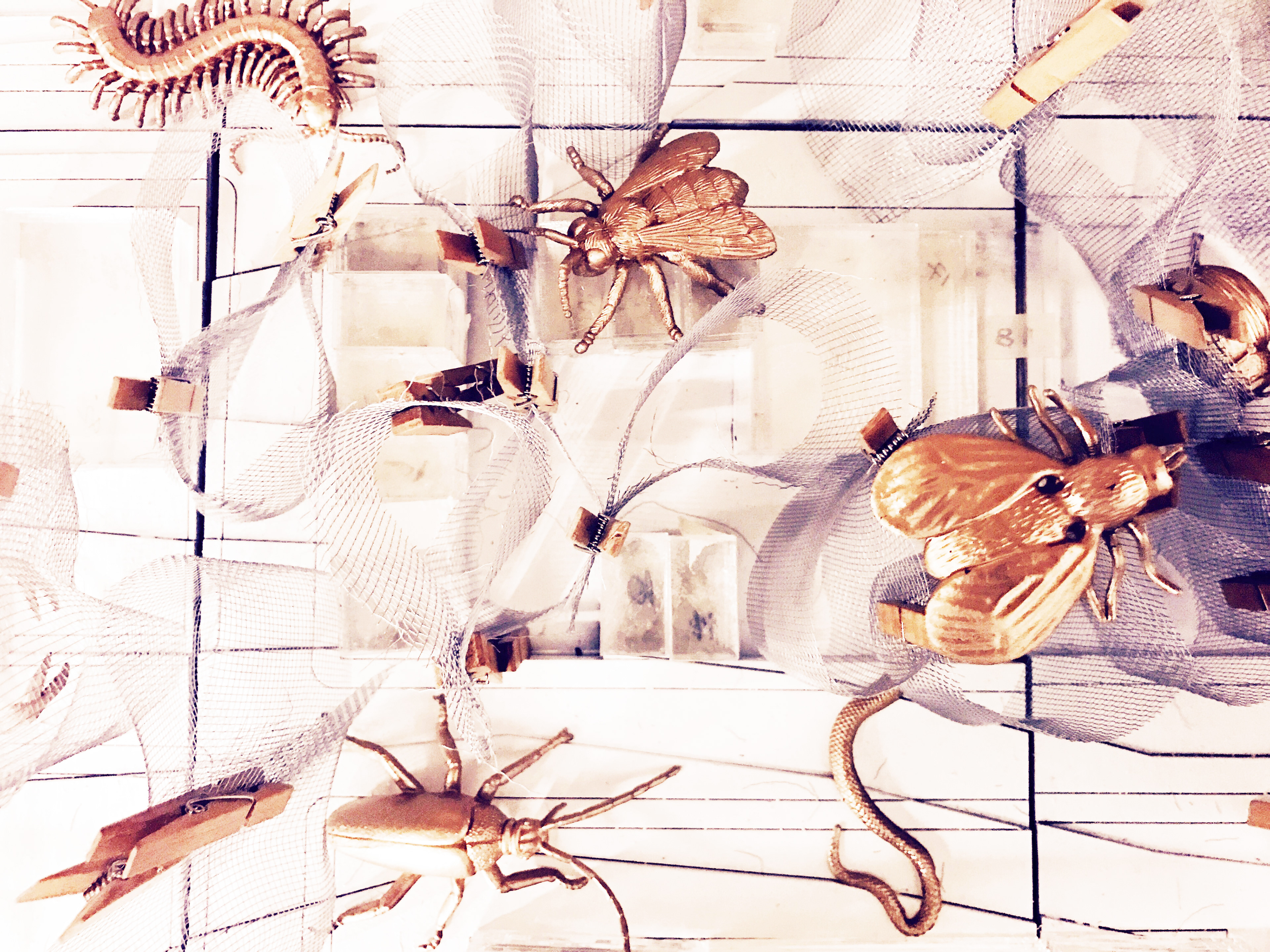
The creation of a study model aided in the understanding of the future pattern language for the architecture
How does play work?
Connectivity
Version Two of the Model




By lighting the model, it brought up two very important questions:
1. What time would be appropriate for a space for adults?
2. What time best serves adults of multiple generations?
While this is more of an functional question, it further demonstrates the multiplicity of layers of programming that the playground desires.


Part 2: The Project
The Concept Site
Located the in the heart of East Atlanta, the playground compliments an area that strives to become a place of interaction. Although, the space primarily host the younger generation today, it has the potential to reach several generations due to its surrounding context which includes senior housing, religious centers, salons, yoga studios, cafes, and etc.
Inside the "dance" edifice one can see the duality of spaces. It was important that the structures serve many types of play at once. The structures are not built to be agenda specific as play can happen anywhere. Yet is their relationship to surrounding play types, that make them unique.
Playground Plans
Ground Level
Level 1
Level 2
Model


The physical model helped understand the visual language of the playground.
Programmatic Diagram Layout

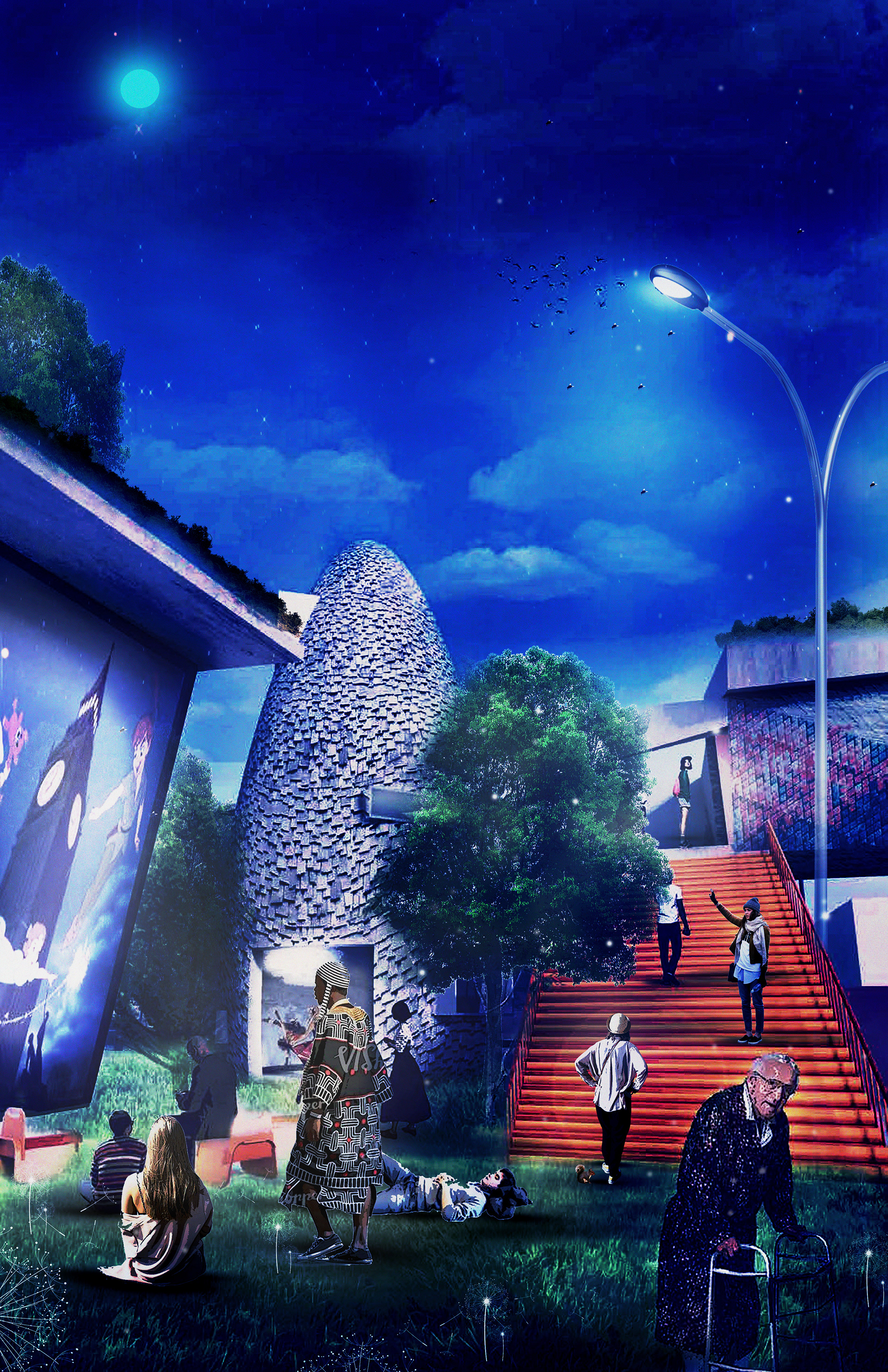
Left: Shows the design objective of the constructs, that you are not inside nor inside but somewhere in between
Right: The view shows the assemblage of constructs.
TAXONOMY OF CONSTRUCTS

Entry from Chamberlain Street SE
Play Section
The view from Edgewood Avenue shows the massive scale of the playground.
Going Forward

